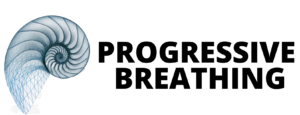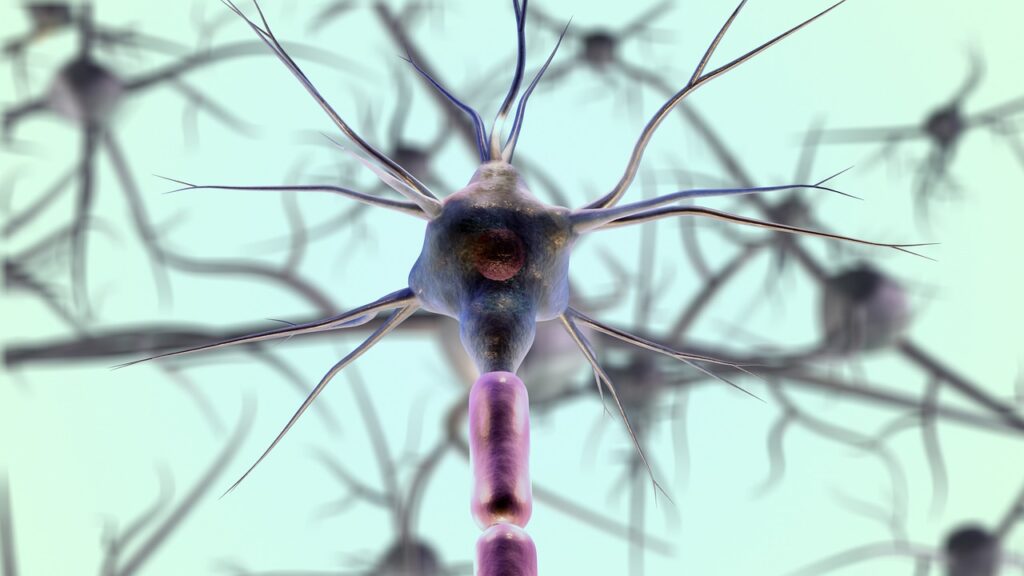The vagus nerve, also known as the pneumogastric nerve, gets its name from the Greek word “pneumo,” which means “breath,” and “gastric,” referring to the stomach. This name highlights the nerve’s role in controlling the functions of the lungs and stomach, as it significantly influences breathing and digestion. Another common name for the vagus nerve is the wandering nerve (from the Latin “vagus,” meaning “wandering”), which reflects its extensive reach throughout the body. It starts in the brainstem and travels down the neck, through the chest, and into the abdomen, influencing multiple organs such as the heart, lungs, and digestive tract. This broad distribution and vital role in various bodily functions are why the vagus nerve is so crucial to overall health and well-being.
Explanation of the Pathway of the Vagus Nerve
Origins in the Brain
The vagus nerve, also known as the tenth cranial nerve (CN X), is a crucial component of the parasympathetic nervous system. It originates in the medulla oblongata, a part of the brainstem located just above the spinal cord.
- Medulla Oblongata: The vagus nerve arises from the medulla oblongata, where it has several nuclei, including the dorsal vagal nucleus and the nucleus ambiguus. These nuclei are responsible for controlling various autonomic functions.
- Pathway through the Brain: From the medulla oblongata, the vagus nerve travels through the jugular foramen, an opening at the base of the skull. It then descends into the neck, thorax, and abdomen.
Connections to the Tongue and Palate
The vagus nerve has multiple branches that interact with different parts of the body, including the tongue and palate.
- Pharyngeal Branch: This branch innervates the muscles of the pharynx and soft palate, playing a role in swallowing and speech.
- Superior Laryngeal Branch: This branch splits into the internal and external branches. The internal branch provides sensory innervation to the mucous membrane of the larynx, while the external branch innervates the cricothyroid muscle, which helps regulate tension in the vocal cords.
- Taste and Sensation: Although the vagus nerve is not the primary nerve for taste, it contributes to taste sensation in the back of the throat and the epiglottis. The primary taste nerves are the facial nerve (CN VII) for the anterior two-thirds of the tongue and the glossopharyngeal nerve (CN IX) for the posterior third.
Pathway to the Heart, Lungs, and Digestive Tract
The vagus nerve continues its descent through the neck into the thorax and abdomen, providing extensive innervation to various organs.
- Heart: The vagus nerve innervates the heart, helping to regulate heart rate by slowing it down when necessary. This is achieved through the release of the neurotransmitter acetylcholine.
- Lungs: It innervates the lungs, contributing to the control of bronchoconstriction and the regulation of respiratory rate.
- Digestive Tract: The vagus nerve plays a critical role in the digestive system. It stimulates peristalsis, the rhythmic contractions of the digestive tract, and promotes the release of digestive enzymes and gastric acid.
Pathway to the Base of the Spine
The vagus nerve does not extend directly to the base of the spine. However, its influence on the body’s autonomic functions indirectly affects spinal health. The parasympathetic tone provided by the vagus nerve can help regulate muscle tension and contribute to overall spinal well-being.
Connections to the Pineal and Pituitary Glands
While the vagus nerve does not directly innervate the pineal and pituitary glands, it is part of a broader neuroendocrine system that influences these glands.
- Pineal Gland: The pineal gland, located deep within the brain, secretes melatonin, a hormone that regulates sleep-wake cycles. The vagus nerve’s role in promoting relaxation and reducing stress can indirectly support the function of the pineal gland by contributing to a balanced autonomic state.
- Pituitary Gland: The pituitary gland, often called the “master gland,” is located at the base of the brain and controls various hormonal functions. The hypothalamus, which is closely connected to the pituitary gland, receives input from the vagus nerve. This connection influences the hypothalamic-pituitary-adrenal (HPA) axis, which regulates stress responses, growth, metabolism, and reproductive processes.
Connections to the Perineum/Perineal Gland
The vagus nerve does not have a direct anatomical connection to the perineum or perineal gland. However, its influence on the autonomic nervous system can have indirect effects on this region.
- Autonomic Regulation: The perineum, the area between the anus and the genitals, contains muscles and tissues that are influenced by autonomic regulation. The parasympathetic tone provided by the vagus nerve can promote relaxation and proper functioning of these muscles.
- Pelvic Health: The pelvic organs, including the bladder and reproductive organs, receive autonomic innervation. The vagus nerve’s role in promoting overall autonomic balance can support pelvic health, indirectly benefiting the perineal region.
How Nasal Breathing Practices Assist
Nasal breathing practices can significantly enhance the function of the vagus nerve and support the broader neuroendocrine system.
- Activating the Vagus Nerve: Deep, rhythmic nasal breathing stimulates the vagus nerve, promoting parasympathetic activation. This leads to a state of relaxation, reduced stress, and improved autonomic balance.
- Improving Circulation: Nasal breathing helps increase nitric oxide levels, which improve blood flow and oxygen delivery to tissues, including the brain and vital organs.
- Enhancing Neuroendocrine Function: By promoting relaxation and reducing stress, nasal breathing can support the function of the pineal and pituitary glands, contributing to overall hormonal balance and well-being.
Why Nasal Breathing
The vagus nerve pathway, with its extensive network from the brain to various organs, plays a crucial role in regulating autonomic functions. Its indirect connections to the pineal and pituitary glands, as well as its influence on the perineal region, highlight its importance in maintaining overall health. Nasal breathing practices provide a natural way to stimulate the vagus nerve, enhancing its function and supporting the body’s neuroendocrine system. Through these practices, individuals can achieve a balanced state of well-being, benefiting both physical and spiritual health.
Learn more about the benefits of Nasal Breathing Practices for Optimal Health & Healing.



